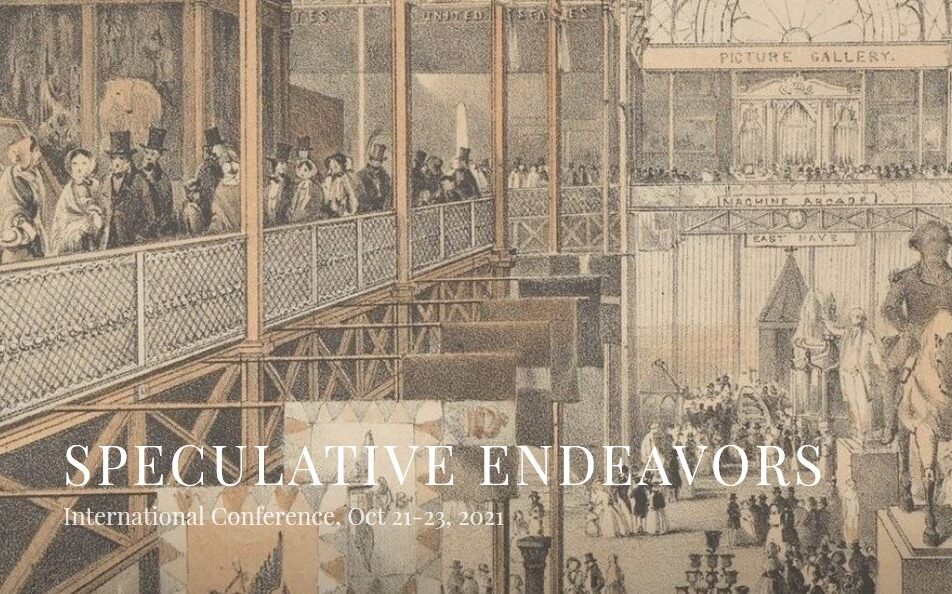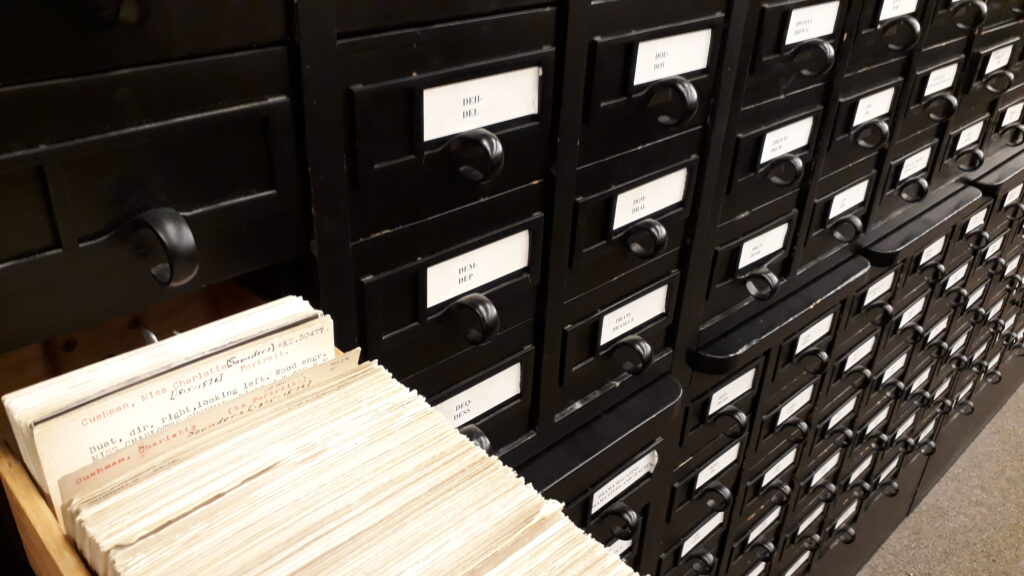Today is the day that I finally guide you through my favorite items of our Cushmania and Gossip Columns and Columnists collections. After more than three years of transcribing and annotating archival sources, I selected a mix of items that are not necessarily related, linked, nor do they cover the same topics. Instead, they are the ones that stick with me after I shut down my laptop. They are the anecdotes I tell other people about who are not interested in a specific topic covered by our collections but who inquire more generally about what there is in ArchivalGossip.com.
Harriet Hosmer in Rome: “Such a Gem”
The one person that I mention the most in chit-chat is Harriet Hosmer. Hosmer (“Hatty”/ “Hattie”) was a nineteenth-century US-American sculptor who became widely known as part of the expatriate circle of US-American artists in Rome. Among Hosmer’s long-term female partners were Lady Ashburton and Emma Crow’s sister Cornelia Carr. She was friends with Wayman Crow, and lived with Charlotte Cushman and Emma Stebbins in the Via Gregoriana, Rome, in the 1860s. In that decade, she also had to defend herself against slander when several male artists challenged her ability to create her sculptures on her own as a woman. As a response to that sexism, Hosmer published a witty, four-pages poem, “The Doleful Ditty of the Roman Caffe Greco” (New York Evening Post 1864). Not only Charlotte Cushman (who is the center of attention in our Cushmania collection) or journalist Grace Greenwood (who features prominently in the Gossip Columns and Columnists collection) supported the sculptor, Lydia Maria Child also published the following account to defend Hosmer’s profession and gender performance:
Read moreThe energy, vivaciousness and directness of this young lady’s character attracted attention even in childhood. Society, as it is called, – that is, the mass of humans, who are never alive in real earnest, but congratulate themselves, and each other, upon being mere stereotyped formulas of gentility or propriety, – looked doubtingly upon her, and said, ‘she is so peculiar!’ ‘She is so eccentric!’ Occassionally, I heard such remarks; and being thankful to God whenever a woman dares to be individual, I also observed her. I was curious to ascertain what was the nature of the pecularities that made women suspect Achilles was among them, betraying his disguise by unskilful use of his skirts; and I soon became convinced that the imputed eccentricity was merely the natural expression of a soul very much alive and earnest in its work. […] I think genuine lovers of the beautiful will henceforth never doubt that Miss Hosmer has a genius for sculpture. I rejoice that such a gem has been added to the arts. Especially do I rejoice that such a poetical conception of the subject came from a woman’s soul, and that such finished workmanship was done by a woman’s hand.
“Miss Harriet Hosmer,” Liberator, Nov 20, 1857


